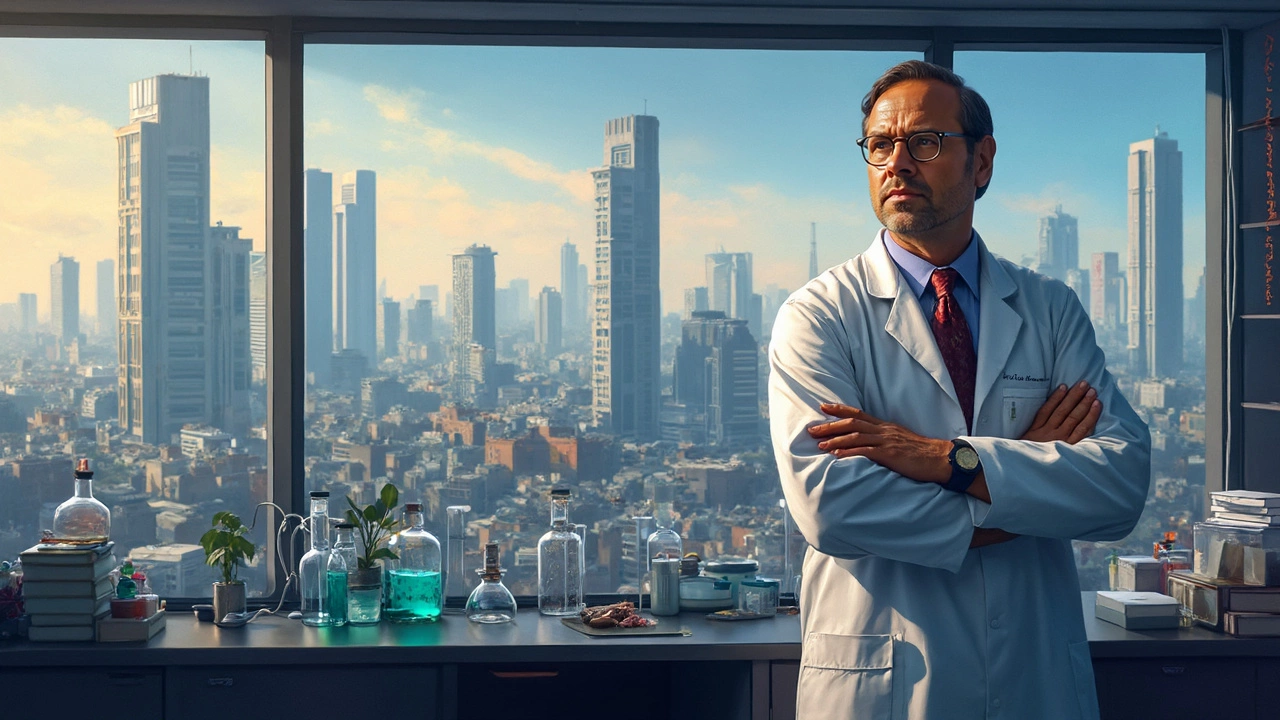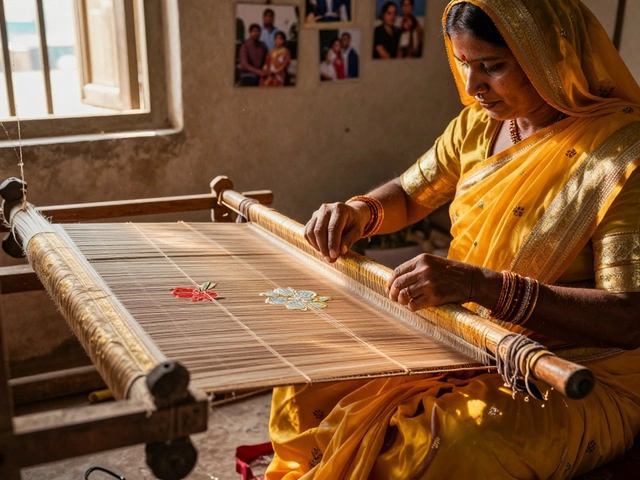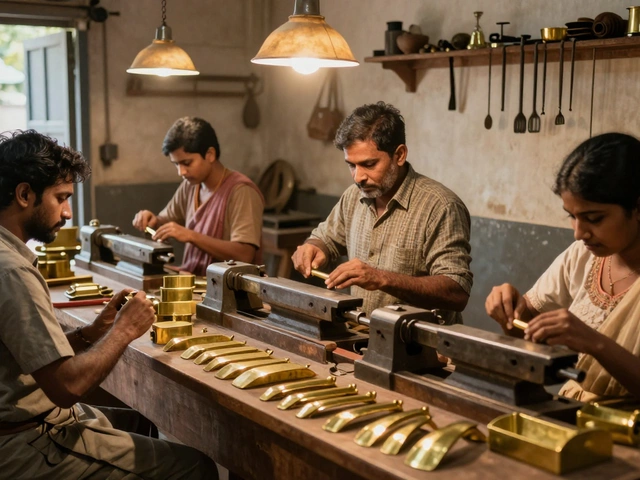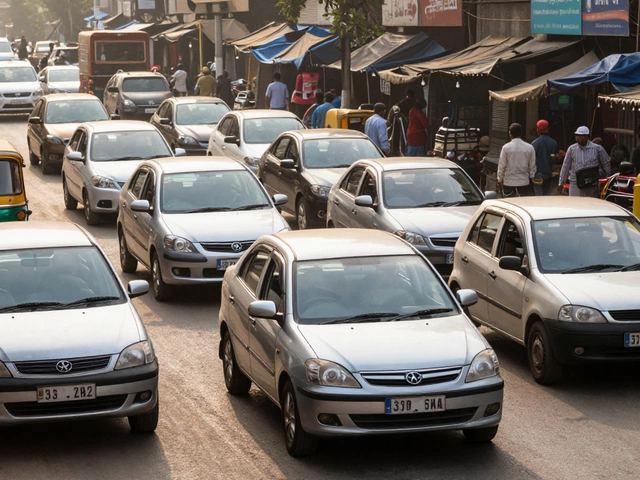Indian Pharmaceutical Industry – What’s Hot in 2025?
If you’re wondering why India keeps popping up in headlines about medicines, the answer is simple: the country has built a massive, cost‑effective drug ecosystem that serves both local patients and the world. From tiny labs in Baddi to high‑tech research centers in Hyderabad, the sector is a mix of old‑school manufacturing and cutting‑edge biotech.
Where the Big Pharma Hubs Are
Three regions dominate the map today. Baddi, tucked in the hills of Himachal Pradesh, leads in sheer manufacturing capacity. Factories there crank out tablets, capsules, and injectables at a pace that rivals any Asian competitor. Hyderabad, often called India’s “Pharma City,” shines in APIs, vaccines, and R&D. The city’s universities and biotech parks feed a steady stream of new drug candidates. Gujarat, meanwhile, is the export powerhouse. Its firms ship finished drugs to over 150 countries, making the state the biggest contributor to India’s pharma earnings.
Each hub has its own vibe. Baddi’s strength is scale—big plants, low labor costs, and government incentives. Hyderabad’s edge is talent—engineers, scientists, and a collaborative ecosystem. Gujarat’s advantage lies in logistics—ports, road networks, and a long history of exporting textiles, which now translates into pharma shipments.
Growth Drivers You Can’t Ignore
First, the global demand for affordable medicines keeps rising. Countries across Africa and South‑America look to India for antibiotics, antiretrovirals, and insulin at prices they can afford. Second, the Indian government’s “Make in India” push gives tax breaks and faster clearances for new factories. Third, the pandemic forced a rush to produce vaccines and antivirals, and many companies kept the momentum, expanding their vaccine lines.
Technology is another game‑changer. Automation, AI‑driven quality checks, and continuous manufacturing plants are cutting waste and boosting batch consistency. Small and medium‑size players are adopting these tools, leveling the playing field against the big multinational firms.
But it’s not all smooth sailing. Regulatory hurdles, especially around biosimilars, can delay product launches. Power outages in some states still interrupt production runs, prompting firms to invest in backup generators. Talent retention is a subtle issue—top scientists often jump to overseas labs for higher pay.
Looking ahead, the sector is set to keep growing at 9‑10% annually. Export volumes are expected to breach $30 billion by 2027, with biologics and specialty drugs taking a larger slice. Companies that blend cost‑efficiency with innovation—think robust R&D pipelines, smart manufacturing, and strong compliance—will capture the biggest share.
So whether you’re a supplier, an investor, or just curious about where your next generic pill might be made, keep an eye on Baddi’s factories, Hyderabad’s labs, and Gujarat’s ports. Those three spots are the beating heart of India’s pharmaceutical future.
Richest Pharmacist in the World: The Indian Pharma Tycoon Behind the Fortune
Curious about who tops the charts as the world’s richest pharmacist? This article looks at the rise of India’s own Dilip Shanghvi, details how pharma billionaires made their fortune, and shows why India is winning big in the global market. Dig into the people, numbers, and companies that shape this high-stakes industry. You’ll find practical insights into what sets Indian pharma apart and how the wealth of its biggest names just keeps growing.
Read More




